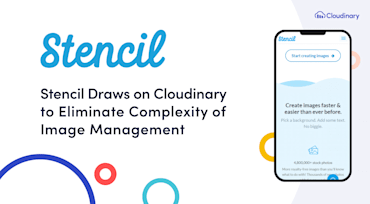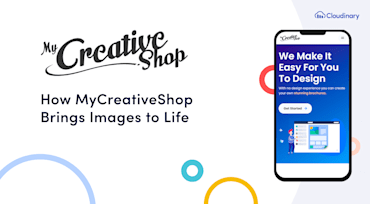Amy Balliett is the founder and CEO of Killer Infographics, a visual-content marketing and communication agency. Today, Killer Infographics is the industry leader with Amy at the helm, devising visual strategy and running campaigns for global organizations. You can follow Amy on Twitter at @AmyBalliett and @killervizcomm.

Aaron Gustafson is a senior program manager at Microsoft and former manager of the Web Standards Project, collaborates closely with partners on Progressive Web Apps (PWAs) with a focus on cross-platform compatibility. As the author of the groundbreaking book Adaptive Web Design, Aaron regularly posts on aaron-gustafson.com.

The future of marketing depends on dynamic visual experiences. Marketers must connect with customers across multiple channels – the web, mobile, kiosks, email, search, and social as well as print and real time events. They must build brand awareness in increasingly noisy (and competitive) marketplaces. To rise above the noise, marketers must become well-versed in all things rich media -- using images, short and long form videos, and interactive contents in new ways to raise awareness, deliver powerful experiences, and boost engagement.


At MyCreativeShop, we offer product customization for customers to create print designs and then print them with us or elsewhere. Brochures, flyers, postcards, and door hangers are our specialty. Early on, customers told us that they found it difficult to visualize what their designs would actually look like once printed. We needed to do better than showing boring, “flat” preview images of the finished designs to them—we needed to bring those images to life!

We live in a world where we spend increasingly more time online. As our routines change and adapt to new trends and technologies, we perform more and more of our daily activities in virtual environments. A key example of this is shopping. There are many reasons why online shopping has become so attractive for many buyers. A near endless variety of products is accessible from the palm of your hand. Customer reviews give buyers more confidence in their decisions. It's increasingly easy to search for attractive prices. And the list goes on. But a customer's desire to "touch" or "feel" the product is an interactive experience that can be hard to overcome when shopping online.


Part 1 of this series delves into the background for this guide. Here in part 2 are the ins and outs.
Wait, hear me out. I know, we just talked about this: Nobody is sheepishly pleading you, “Please, might we have just one more image on the page?” No, I’m not telling you to pick that particular fight. Instead, use a little smoke and mirrors to avoid requests for images that your audience needn’t render right away and might never need at all while loading them asynchronously—only as needed.

I’ve spent a lot of time thinking about the rules of putting images on the web.
For such a flexible medium as the web, software development can feel like a painstaking, rules-oriented game—an errant comma might break a build, a missing semicolon might wipe out an entire page. For a long time, the laws of image rendering seemed similarly cut-and-dry: For example, if your markups contained an img element , the singular content of its src attribute would be foisted on the audience regardless of their browsing context, period.

Consumers today expect media-rich experiences. No longer a novelty, it’s second nature to swipe through multiple photos on mobile apps, zoom in on product images for a closer look, visualize online travel reviews, socialize cool video clips while browsing, and encounter brand messages when walking into brick-and-mortar stores. These experiences weave together visual cues and clues with relevant content to create meaning and more authentic connections for customers.
